Siklós
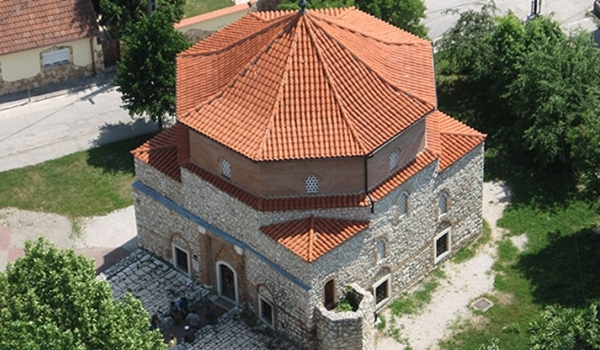
This settlement in Baranya county is located in the Drava basin, inviting visitors with its beautiful natural environment and Mediterranean climate, while at the same time playing a significant role in the region from a cultural, touristic and economic point of view.
The town was built around a castle dominating a hill rising from the plain, surrounded by the Villányi hills. The Romans were also keen to settle near the mountains, building villas, dwellings and cultivating gardens and vineyards. A watchtower built on the hill of Serena (Siklós) in Roman times guarded the war route that wound westwards under the hill, along which the peoples of the Migration Period, then the Tatar and Turkish armies, poured into the Transdanubian region. The name of the settlement first appeared in documents in 1190 as Suklos and Soklos, and the history of the town merged with that of the castle.
The Castle's exhibitions and programmes, the town's vineyards and wine culture, the natural treasures of the Tenkes Hill, the towering churches, the spa with its unique services and the Turkish mosque are just some of the features that offer a special experience to the visitor. Everything is here for relaxation and fun; we look forward to welcoming you!
Reformed Church
According to local tradition, the Reformed Church of Siklós is as old as the Hungarian Reformation. According to the documents, the first Reformed pastor of Siklós was Mihály Siklósi (or Szilvási), who, according to some, was a native of the town and moved to the present-day Sátoraljaújhely, which, like Siklós, was a Perényi estate at the time. There, in 1522, he was already preaching the word in a Reformed spirit, and after that he worked in Siklós. More than 200 years later, in 1791, the foundation stone of the Siklós Reformed stone church was laid. The church was completed in 1806 thanks to the support of the then landowner, Count Antal Batthyány. The Count's special bench can still be seen here.
Malkoch bej Mosque
Next to the Siklós Castle, the Malkoch bej mosque is also worth a visit, which - as its name suggests - was built by a high-ranking Turkish personality, Malkoch bej, between 1543 and 1565. In the late 1600s, the building was converted into a three-storey dwelling house. The Minaret tower of the building may have been destroyed at this time. In the 20th century, its condition continued to deteriorate, while the remaining 3 foundation walls were incorporated into the neighbouring buildings.
The archaeological excavation of the church which was thought to be destroyed, started in 1969 under the leadership of Győző Gerő and Ferenc Mendele. Restoration work began in 1990, and on completion in 1993 the building was awarded the Europa Nostra prize, which is awarded annually for outstanding restoration. In 1994, the mosque was opened to the public and still functions as it was originally intended, but also as an ethnographic exhibition. The furnishings of the church - carpets, tin and copper objects - were given to the city by the Ethnographic Museum of the Turkish State. The central part of the small, square temple is the mihrab (prayer seat), which faces Mecca. The outer portico was originally covered by a dome, which is now a shed roof resting on an octagonal dome, and the interior woodwork makes the building unique.
Serbian Orthodox Church
In the 15th century, the Serbs who settled in Siklós built a church from the donations of the believers, which burnt down and was rebuilt in its present form in 1783. The iconostasis and furnishings of the tasselled building were probably made around 1800. It was in a very neglected state for decades but is now open to visitors.
Franciscan Church
The church, originally dedicated to St Anne (the mother of the Virgin Mary), may have stood here as early as around 1333, as mentioned in a written source. The church is famous for its original Gothic frescoes, which can still be seen today. In the second half of the 1970s, the monastery building next to the church was converted into a ceramics workshop, where a summer school is organised for people interested in the arts. The courses, which usually last three weeks, are taught by renowned experts in the field of ceramics.
Basilica of Máriagyűd
Máriagyűd is one of Hungary's most important and most popular pilgrimage sites. The two-towered, baroque Roman Catholic church was built by Franciscan monks in the 18th century. The present church's predecessor was an Árpád-era wooden church, which burnt down during the Turkish era. It has long been a place of pilgrimage due to its reputation of frequently answered prayers and the apparitions of Mary in the 17th century. According to records, the Virgin Mary first appeared in 1687 to a Catholic farmer named Tamás, and then again to King Mátyás’s bailiff from Siklós . The church was given the status of Basilica Minor in 2008. Besides being a place of pilgrimage, the church is also the end point of the Hungarian Pilgrimage Route, which – similarly to El Camino – connects the holy places of Hungary, . The 420 km long Pilgrim's Way from Esztergom to Máriagyűd connects the holy places of the country.
Villány Wine Region
Siklós is not only a city of cultural and historical importance, but it is also known for its delicious wines. There is also evidence that grape-growing was already widespread in Celtic and Roman times. Siklós is a founding member of the first domestic wine route, Villány-Siklós Wine Route, established in 1994. In Siklós - on the slopes of the Tenkes hill - white wines predominate, the most common grape variety here, which is also the flagship wine of Siklós, is Olaszrizling. In addition, Chardonnay, Tramini, Muscatel and Rhenish Riesling are also very popular. The village is also a leader in the production of rosé and red wines, with Portugieser being the most popular red wine.
Wonderberry trail
If you are looking for active recreation, you should walk along the Wonderberry Trail, which starts at the foot of the Kegytemplom and leads hikers along a 2.5 km long path. Along the way, information panels provide information about the natural treasures of Mount Tenkes and the flora and fauna of the forest. The trail has a lookout tower and a fire pit and rest area at the end of the trail.
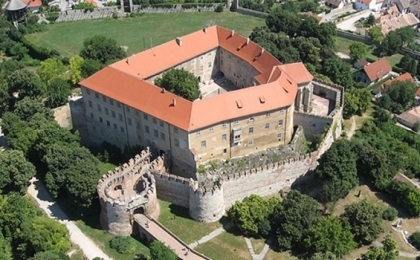 Siklós Castle ›
Siklós Castle ›
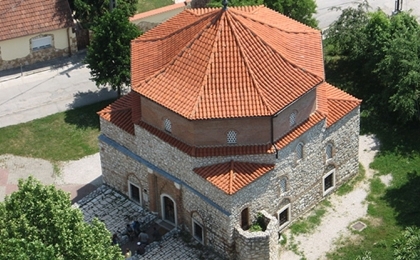 Siklós ›
Siklós ›
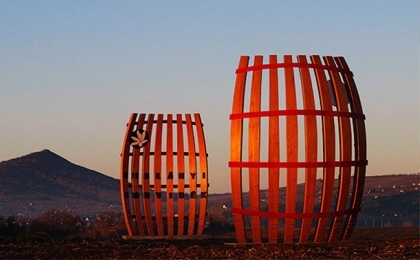 Villány ›
Villány ›
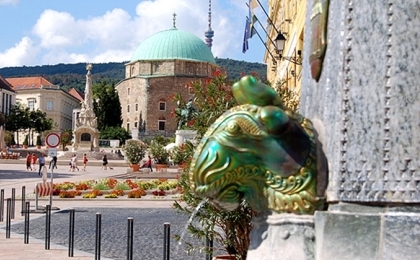 Pécs ›
Pécs ›
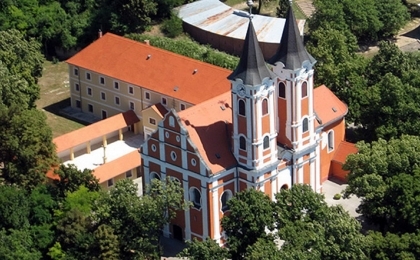 Máriagyűd ›
Máriagyűd ›
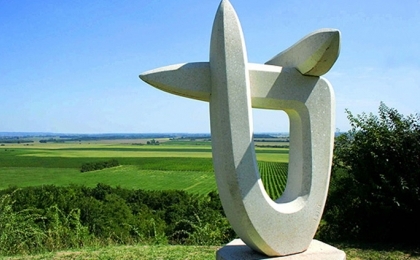 Nagyharsány ›
Nagyharsány ›
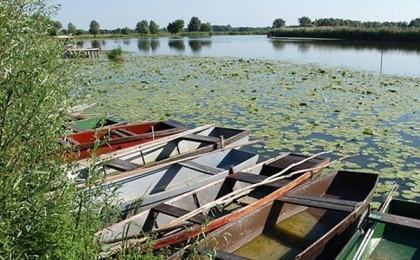 Matty ›
Matty ›
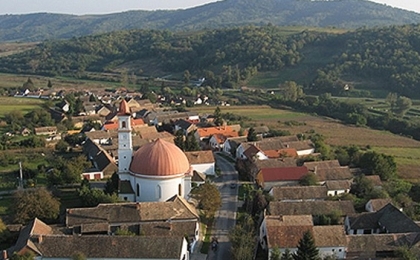 Palkonya ›
Palkonya ›